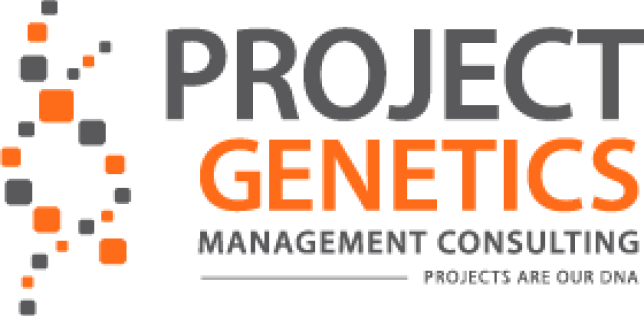When you’re eager to begin a project, it can be challenging not to leap straight into the execution phase. Though planning may not hold the same satisfaction as making moves, you’ll be glad you accounted for any ongoing ERP implementation and created a well-outlined charter. The initiation phase is the foundation of your project, so taking the time to get a solid start will benefit your project’s future success.
5 Best Practices for a Successful Project Initiation Phase
1. Know Your Project’s “Why”
This question may seem overly philosophical, but it’s critical to the success of your project. Your project’s “why” determines whether your project is worth completing. To establish it, you’ll need to answer three questions.
First, what is the project’s goal? Also, what are the reasons this project should be completed now? Finally, what business benefits are you expecting to receive from this action? Once you answer these questions, the “why” of the project should be clear.
2. Determine The Deliverables
Knowing your goals and objectives is essential, but you’ll want to go further and break them down into concrete deliverables. Once the project is underway, deliverables are the targeted result.
Depending on the project, it could be something like implementing a new software system, closing a specific number of contracts, or constructing new facilities. Knowing the deliverables you want from the project allows you to establish the task breakdown necessary to achieve your desired outcome.
3. Take ERP Implementation Into Account
Implementing an enterprise resource planning system into your business will affect all departments. Since implementation can take anywhere from a few months to a year, depending on the changes occurring, you’ll want to account for it when planning your project’s timeline. A well-planned, relatively simple implementation most likely won’t slow progress on your project, but one that is chaotic or poorly designed will use up employee bandwidth.
However, having an enterprise resource planning system implementation underway doesn’t mean you need to hold off on starting new projects; that would be inefficient. Instead, you’ll want to consider any significant changes occurring in the company when planning your project so that you are prepared for any potential hangups.
4. Establish and Document Major Stakeholders
As stakeholders will have significant sway over project decisions, all the necessary parties must agree on them. Then you will want to decide how many stakeholders are needed to make a decision and the role each stakeholder will have in the project.
Finally, since maintaining stakeholder engagement is challenging during most projects, you’ll want to have each stakeholder sign off on their commitments. This step can prevent you from running into issues or confusion down the road, as each stakeholder will be aware of their responsibilities from the start.
5. Craft the Charter
The project charter is your guideline to success—the project’s “why,” the deliverables––and stakeholder roles will be listed in this document. You’ll also want to have team structures outlined and the contact info for core people participating in the project.
Project constraints, risks, and assumptions will also be included. The charter serves as a comprehensive overview of the project and allows the project to be commissioned. Charter creation is a vital step since this document will serve as a guidebook throughout the project.
When your company needs project solutions, our team is here to help. At Project Genetics, we bring the no-nonsense guidance you need during high-stakes situations like mergers and acquisitions. Work with people as passionate about your business as you are; contact Project Genetics and find out how our experienced leadership team can help you.



